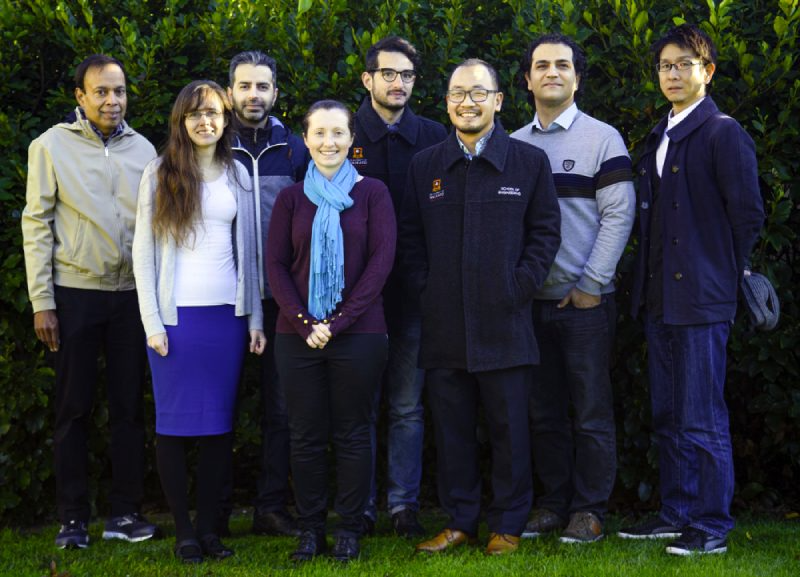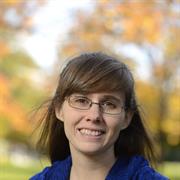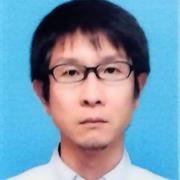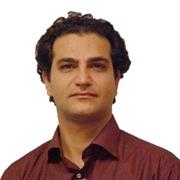Waikato Research Centre for Resilient Infrastructure and Sustainable Construction (WaiRISC)
Our mission is to advance science and technology in the design, operation and maintenace of the built environment in Aotearoa. Our research enable science-based decision-making in the context of community resilience and sustainability.
Our research

Our inter-disciplinary group performs cutting-edge research in various fields related to the quantification of resilience of engineering structure and infrastructure systems, with the overarching goal of providing innovative solutions to increase resilience and sustainability of the built environment in Aotearoa.
Our research revolves around a wide range of engineering fields:
- Structural Engineering and Advanced Design
- Resilience Assessment of Large Infrastructure
- Single- and Multi-Hazard Scenarios for Resilience Quantification
- Multiscale Computational Mechanics
- Advanced Surveying of Civil Engineering Systems
- Structural Health Monitoring and Vibration Control
- Seismic Protection of Buildings and Structures
- Seismic Local Analysis and Design
- Innovative and Sustainable Construction Materials
Team
Our inter-disciplinary team of researchers and students brings together a diverse set of backgrounds and capabilities. This allows us to tackle complex infrastructure problems in a holistic fashion. Our highly-collaborative environment represents the perfect space for step-changing research in resilience and sustainability.
Key researchers

Programme Leader - Civil Engineering

Senior Lecturer

Honorary Professor

Senior Lecturer

Research Associate

Programme Leader - Mechanical Engineering
PhD researchers
- Steve Raynor – Quantifying resilience of urban infrastructure in emerging coastal cities
- Xutao Sun - Natural frequency-based crack detection: the use of the roving spring-mass system
Masters researchers
Honours-year researchers
- Harrison Thomson-Dick: Small-Scale Automated Construction of Block-Based Structures
- Garrick du Toit: 5G-enabled Earthquake Early Warning System Prototyping and Feasibility Study at the University of Waikato Campus
- Jotham Makini, Myles McLean, Mpho Mugabe, Sharankumar Rajkumar: Building Information Modelling and Virtual Reality Integration for Improved Construction Management
- Aliesha McKillop - Traffic detours around road closures
- Cameron Paul: Agent-based modelling of public buildings evacuation procedures in Virtual Reality environments
- Amole Randhawa: Lidar-based Scan-to-BIM procedures for improved construction and asset management
- Narinder Singh: Serviceability Limite State Assessment of Heavy Machinery-Induced Vibrations in Industrial Buildings: Experimental and Numerical Investigations
- Joshua Smith - Bridges over the Waikato River Structural Assessment and Structural Health Monitoring
Collaborations
We collaborate with many industrial partners and research organisations to deliver effective civil engineering solutions for a wide range of stakeholders and end-users.
Industry, consultants and companies
WSP OPUS
Public agencies and non-profit organisations
Christchurch City Council, Napier City Council
Research organisations
Coming soon...
Research
Explore our current graduate research projects in fields of infrastructure resilience, advanced and automated construction, smart and sustainable construction materials, advanced surveying and digitalisation of the built environment .
Resilient Infrastructure Systems
- Student 1 – Thesis 1
Advanced and Automated Construction
- Student 2 – Thesis 2
Smart Construction Materials for Reduced Carbon Footprint
- Student 3 - Thesis 3
Advanced Surveying and Virtualization Tools for Civil Construction
- Student 4 - Thesis 4
Publications
2020
- Dyer M, Weng M, Wu S, Ferrari R and Dyer R, (2020). Urban Narrative: Computational Linguistic Interpretation of Large Format
Public Participation for Urban Infrastructure. Urban Planning 5(3), DOI: 10.17645/up.v5i4.3208.
2019
- Dyer M, Dyer R, Weng MH et al. (2019). Framework for soft and hard city infrastructures. Proceedings of the Institution of Civil Engineers – Urban Design and Planning 172(6): 219–227, https://doi.org/10.1680/jurdp.19.00021